Description
Econometrics comes alive with Introduction to Econometrics! This new, much-anticipated text teaches students how to become sophisticated consumers of econometrics. The authors focus on empirical analysis, integrating large data sets and modern, real-world questions into the theoretical development of the text.
The intuitive approach of Introduction to Econometrics uses interesting applications to motivate students to learn theory and to help them understand the application of the theory. Students come away with a thorough understanding of econometics and of the relationships on which people, businesses, and governments base their decisions.
In keeping with their successful introductory econometrics text, Stock and Watson motivate each methodological topic with a real-world policy application that uses data, so that students apply the theory immediately. Introduction to Econometrics, Brief Edition, is a streamlined version of their text, including the fundamental topics, an early review of statistics and probability, the core material of regression with cross-sectional data, and a capstone chapter on conducting empirical analysis.
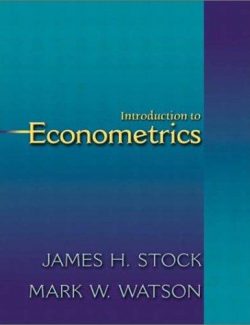

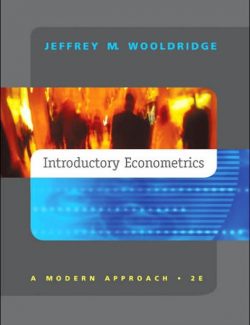
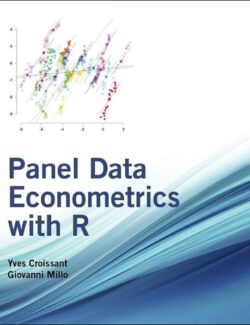
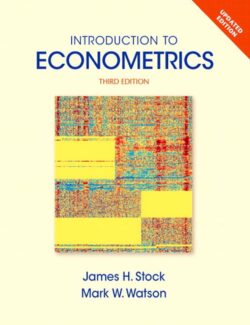
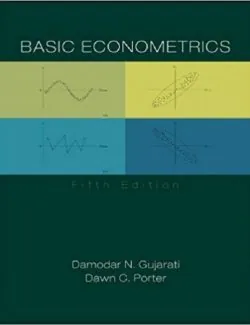
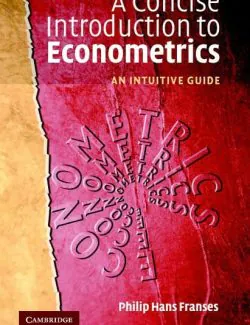
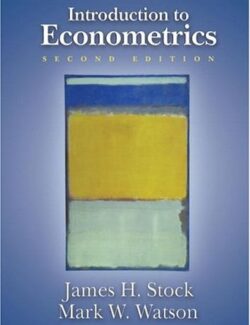
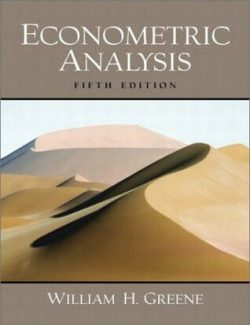
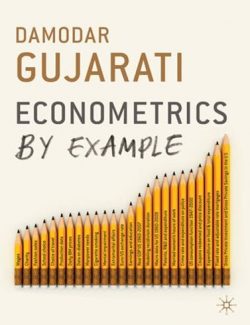
Leave us a comment
No Comments